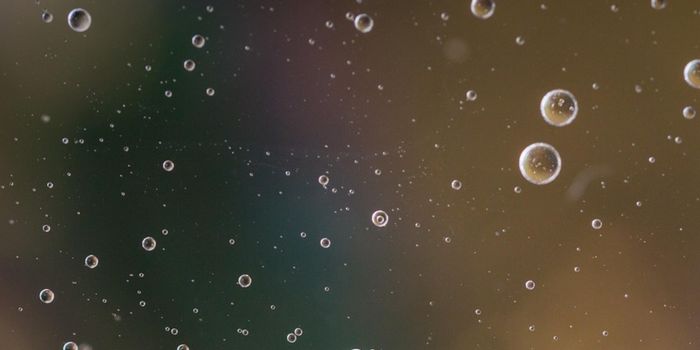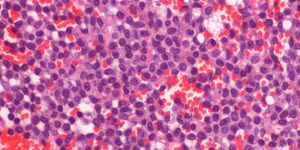Researchers are always on the lookout for new antibiotics, particularly ones that can kill antibiotic-resistant bacteria like methicillin-resistant Staphylococcus aureus (MRSA). As luck would have it, investigators at Florida Atlantic University isolated a compound from a marine sponge and found that it kills MRSA and Mycobacterium tuberculosis.
MRSA is probably the most well-known antibiotic-resistant bacterium out there. It is resistant to all beta-lactam antibiotics and causes more than 80,000 infections each year in the US - more than 11,000 of these are fatal.
The sponge in question belongs to the genus Spongosorites. These sponges are bright yellow, and have a thick, shiny, rubbery crust. The compound that Wright and colleagues isolated is an indole alkaloid that they named “dragmacidin G.” Other compounds isolated from sponges in this genus are antifungal, antiplasmodial, or anti-inflammatory.
According to study author Amy Wright, “we found substantial antibacterial activity for dragmacidin G. It is greater than 10-fold more potent than other members of the bis-indole alkaloids while retaining selectivity towards bacterial over mammalian cells."
The group collects natural products from marine organisms and banks them in a library. Then, they test this library of compounds for activity against various diseases. According to Wright, “the primary goal of our marine biomedical and biotechnology program is to discover marine natural products with utility as medicines or as tools to better allow us to understand disease processes.”
In the current study, the researchers determined the minimum inhibitory concentration (MIC) of dragmacidin G required to kill MRSA, M. tuberculosis, P. falciparum, and mammalian cells. The MIC was 1uM for MRSA and 21uM for M. tuberculosis, whereas 125uM dragmacidin G was required to kill J744 macrophages.
They also tested dragmacidin G against P. falciparum, the parasite that causes malaria. The IC50 for P. falciparum was 6.4uM, and this was similar to the IC50 of 7.8 for mouse fibroblasts - this means that dragmacidin G is not selective for P. falciparum.
Although dragmacidin G selectively kills MRSA and M. tuberculosis, its toxicity and efficacy need to be established in an animal model before it can be considered as a new antibiotic.
Sources: Marine Drugs, Science Daily, Habitas.org.uk









